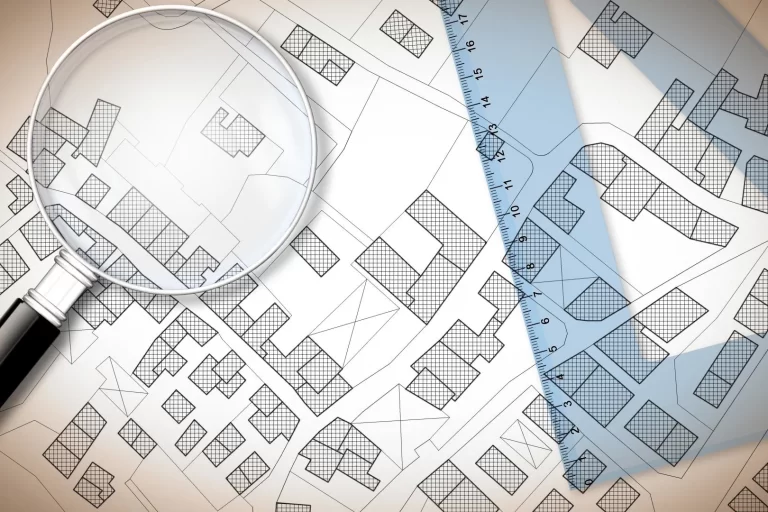
September 1, 2024
Reliable Retaining Wall Water Drainage Tips For Lasting Wall
Appropriate Drainage For Retaining Walls Proper installation makes certain that water is directed away from the wall, minimizing the risk of hydrostatic stress. Without proper drainage, water streaming over or around a keeping wall can lead to considerable dirt disintegration, especially in areas with loosened or sandy soil. This erosion can weaken the foundation of the wall surface, causing instability and eventual failing. A well-designed drain system assists manage drainage and decreases the influence of disintegration on the wall surface and surrounding landscape.Why Select Du-west Services For Your Maintaining Wall Surface Demands?
- Exploring the characteristics of water drainage introduces a multifaceted communication in between surface water, groundwater, and the dirt retained behind the wall surface.
- The maintaining wall surface is a system and it is just just as good as the sum of its components.
- While these components are undoubtedly essential, they typically overshadow the important demand for an efficient water drainage system.
Updating Seamless Gutter Systems
Protecting the City of Charleston with the Low Battery Seawall and modern drainage design - Smart Water Magazine
Protecting the City of Charleston with the Low Battery Seawall and modern drainage design.
Posted: Tue, 18 Jun 2024 07:00:00 GMT [source]

Appropriate Drainage For Retaining Walls
The seepage of water into the soil behind or within the wall causes enhanced stress, potentially leading to bulging or splitting. Additionally, inadequate drainage can trigger water logged soils, negatively influencing plant development and increasing the risk of structure damages. Appropriate drainage minimizes dirt disintegration, stops waterlogging, and sustains lasting landscaping techniques. French drains and weep openings are one of the most frequently used drain options for maintaining wall surfaces as they can successfully draw away water away from the framework's base. Nonetheless, for taller wall surfaces or areas with heavy rains, surface water drainage and water drainage swales may additionally be needed. Checking out effective wood preserving wall surface water drainage tasks Learn more can supply important understandings. Case studies highlight reliable styles, materials made use of, and the difficulties dealt with. Visuals and descriptions of completed tasks show the possibility of well-executed water drainage systems. Although it may seem counterproductive, utilize a compactor on the soil behind your finished retaining wall surface, after adding your 12-plus inches of water drainage crushed rock. Water-saturated dirt can trigger tremendous hydrostatic pressure to be put in on your keeping wall surface. Compacting the dirt makes it less permeable, saving your wall of potential (and possibly damaging) water weight. It is essential to seek advice from a professional landscape professional or designer when planning the water drainage system for your keeping wall surface.Does a 4 foot preserving wall surface need drainage?
Any kind of reinforced wall or walls over 4 ft. (1.2 m) in height or with slopes or various other additional charges above the wall surface will certainly need a toe drain. First, you can set up a perforated water drainage pipe. This type of pipeline is installed along the inside or backfilled at the bottom of the wall surface.

Social Links